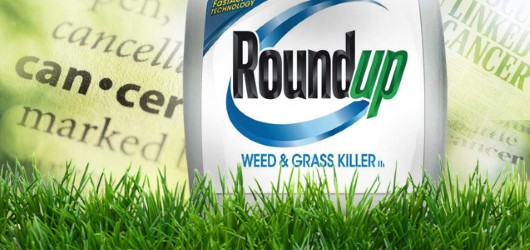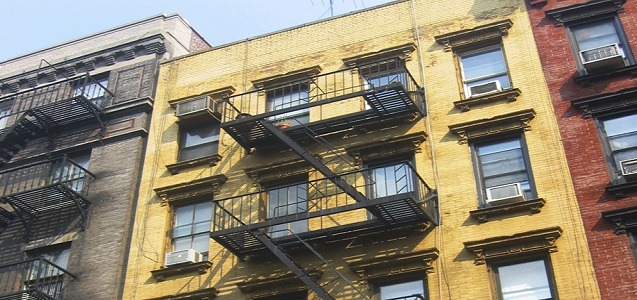As Monsanto’s flagship product, the weed killer Roundup generates approximately $5 billion in annual sales for the company. In March of 2015, the International Agency for Research on Cancer (IARC), part of the highly respected World Health Organization, reported that Roundup contains a probable cancer causing chemical called glyphosate. Cases of persons suffering from the cancer known as non-Hodgkin lymphoma caused by exposure to Roundup have been filed and consolidated in a federal court Multi-District Litigation (MDL) in San Francisco. Documents produced in the MDL show that Monsanto desperately tried to hide information about the dangers of Roundup from the public in the form of falsified studies and protection from government agencies.
IARC’s report exposing Roundup’s glyphosate as a probable cause of cancer was supported by numerous scientific research studies. In particular, research studies, including one conducted as early as 2002, found an association between glyphosate and the cancer known as non-Hodgkin lymphoma. Faced with the damning evidence published by IARC, Monsanto struck back with a vengeance. Monsanto approached various regulatory departments of United States governmental agencies for the purpose of keeping information about its cancer causing Roundup a secret. Documents produced in the federal court MDL show that the Environmental Protection Agency (EPA) and the Department Health and Human Services conspired with Monsanto to hide Roundup’s glyphosate connection with causing cancer. Additionally, Monsanto conducted fraudulent studies designed to deceive governmental agencies and the public into concluding that Roundup’s glyphosate is safe and does not cause cancer. Monsanto submitted its phony studies to the EPA. Based on these studies, the EPA initially reported that Roundup’s glyphosate was “not likely to be carcinogenic,” but were later forced to remove this unsupported statement from the EPA website.
Monsanto’s dishonest effort to keep their carcinogenic product Roundup on the market displays a clear disregard for human life. Roundup constitutes one third of Monsanto’s sales revenues, leaving little doubt as to the motive for their shameful behavior. However, despite its power as a big corporation, Monsanto’s day of reckoning may not be far off. To date, more than 50 cases have been filed against Monsanto for cancer caused by Roundup in state and federal courts. The federal cases have all been consolidated into one Multi-district Litigation in San Francisco. The Monsanto Roundup litigation continues to grow, as lawsuit filings are increasing. It is anticipated that this litigation will ultimately grow to include thousands of cases and they will collectively hold Monsanto responsible for destroying countless lives for the sake of profit.
Roundup remains on the market as a product commonly used by many Americans, including farmers, landscapers, and gardeners. While the use of this toxic herbicide product remains common, its lesser known cancer causing risks are quickly coming to light.
If you or a loved one has non-Hodgins lymphoma cancer that may have been caused by exposure to Roundup, the experienced Mass Tort lawyers at The Yost Legal Group are here to help. Call The Yost Legal Group today at 1-800-YOST-LAW (967-8529) for a FREE, confidential, no-obligation consultation. At The Yost Legal Group, there is no fee or expense unless you recover.

